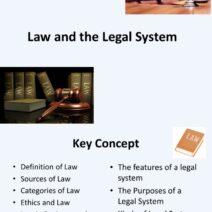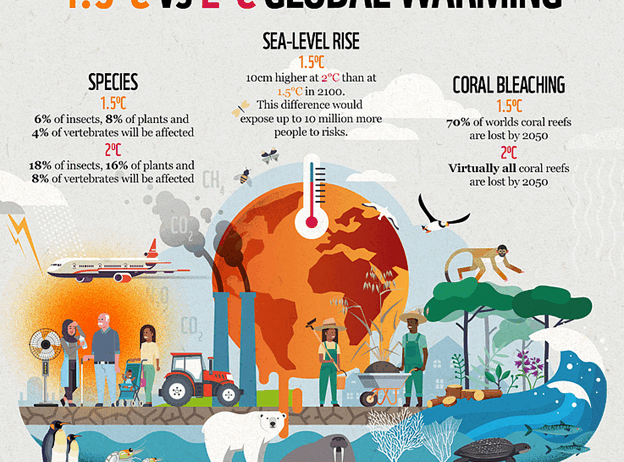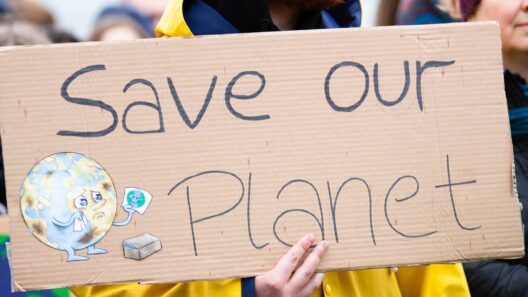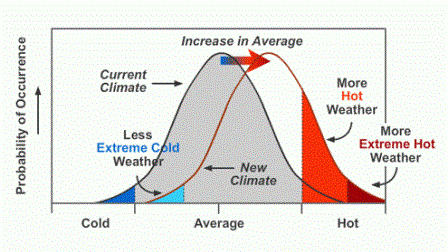Global warming, a formidable challenge of our time, is primarily driven by the accumulation of greenhouse gases (GHGs) in the atmosphere. Among these gases, carbon dioxide (CO2) plays a pivotal role, primarily resulting from human activities such as burning fossil fuels, deforestation, and industrial processes. The concept of achieving net zero carbon emissions has emerged as a crucial strategy to mitigate climate change and stave off its most catastrophic repercussions. However, the question arises: does achieving net zero carbon truly halt the progression of global warming?
To navigate this complex query, we must first understand the principle of net zero. Essentially, net zero carbon emissions occur when a balance is struck between the amount of CO2 emitted into the atmosphere and the amount removed from it. This equilibrium can be achieved by reducing emissions through enhanced energy efficiency and a transition to renewable energy sources, whilst simultaneously augmenting carbon sinks like forests and soil. Many nations, corporations, and organizations are committing to this goal, underscoring its perceived necessity as a deterrent against climate catastrophe.
Nevertheless, while the pursuit of net zero emissions is laudable and a step in the right direction, it is vital to acknowledge its limitations. Firstly, achieving net zero does not equate to eliminating all greenhouse gases. There will still be residual emissions from sectors that are inherently difficult to decarbonize, such as agriculture, aviation, and heavy industry. These sectors emit nitrous oxide, methane, and other potent GHGs that contribute significantly to global warming. Thus, while net zero carbon targets are commendable, they do not fully address all emissions, which leaves a lingering effect on the climate.
Moreover, the time factor plays a critical role. Even if we reach net zero emissions by a certain date—say, 2050—the existing carbon dioxide in the atmosphere will continue to affect global temperatures for decades. According to scientific assessments, some CO2 can remain in the atmosphere for centuries. Consequently, reaching net zero does not instantly translate to a stabilization of global temperatures. Instead, the lag effect may contribute to continued warming for a considerable amount of time, which can exacerbate existing climate issues such as extreme weather events, sea-level rise, and biodiversity loss.
In addition to the temporal aspect, the manner in which carbon is sequestered also merits discussion. Many proposed solutions to achieve net zero involve technological innovation, such as carbon capture and storage (CCS) or afforestation projects. While such strategies present potential benefits, they are not without risks and uncertainties. For instance, CCS technology remains in developmental phases and may not be capable of scaling up to encompass all global emissions. Additionally, large-scale tree-planting initiatives can lead to unintended ecological consequences, such as monocultures that can harm biodiversity and water resources.
Furthermore, the idea of net zero is often seen within the framework of economic and political feasibility. The transition to renewable energy sources, for instance, requires significant investments, the establishment of adequate infrastructure, and a commitment to policy changes, often at the governmental level. Some nations may falter in their commitments due to socio-economic challenges or political opposition, which raises questions regarding the credibility of global emissions pledges. For a meaningful impact on temperature rise, global solidarity and cooperation are essential; unilateral national commitments may be insufficient to address a global challenge.
Conversely, the urgency for immediate action cannot be overemphasized. Despite the challenges and limitations associated with the concept of net zero, the alternative—continuing on the current trajectory of rising emissions—poses an even greater risk to our planet’s climate. The Intergovernmental Panel on Climate Change (IPCC) has underscored the need to limit global temperature rise to 1.5 degrees Celsius above pre-industrial levels to avert disastrous climate consequences. Achieving net zero emissions is a crucial element of this endeavor, albeit one of many that must be implemented concurrently.
This multi-faceted approach encompasses not only carbon emissions reductions but also the enhancement of natural ecosystems, promotion of sustainable agricultural practices, and initiatives focused on reducing waste and promoting circular economies. Also significant is the transition toward lifestyle changes that reduce carbon footprints, emphasizing the role of individuals in tackling climate change collectively.
Ultimately, the conclusion that emerges is rather nuanced. While net zero carbon emissions represent a pathway toward addressing climate change, they do not signify a panacea. Effective climate action necessitates a comprehensive strategy that targets not only carbon emissions but also the broader suite of greenhouse gases and their sources. It also requires consideration of the socio-economic ramifications, technological feasibility, and urgent political commitment.
In essence, achieving net zero carbon emissions is a vital component of the solution to global warming, yet it must be integrated into a broader, more holistic approach to climate action. A singular focus on net zero alone may lead us to underestimate the complexities of global warming and the myriad factors that influence climate dynamics. The path to sustainability is convoluted and requires robust and collaborative efforts from all stakeholders to forge a resilient future for our planet.








